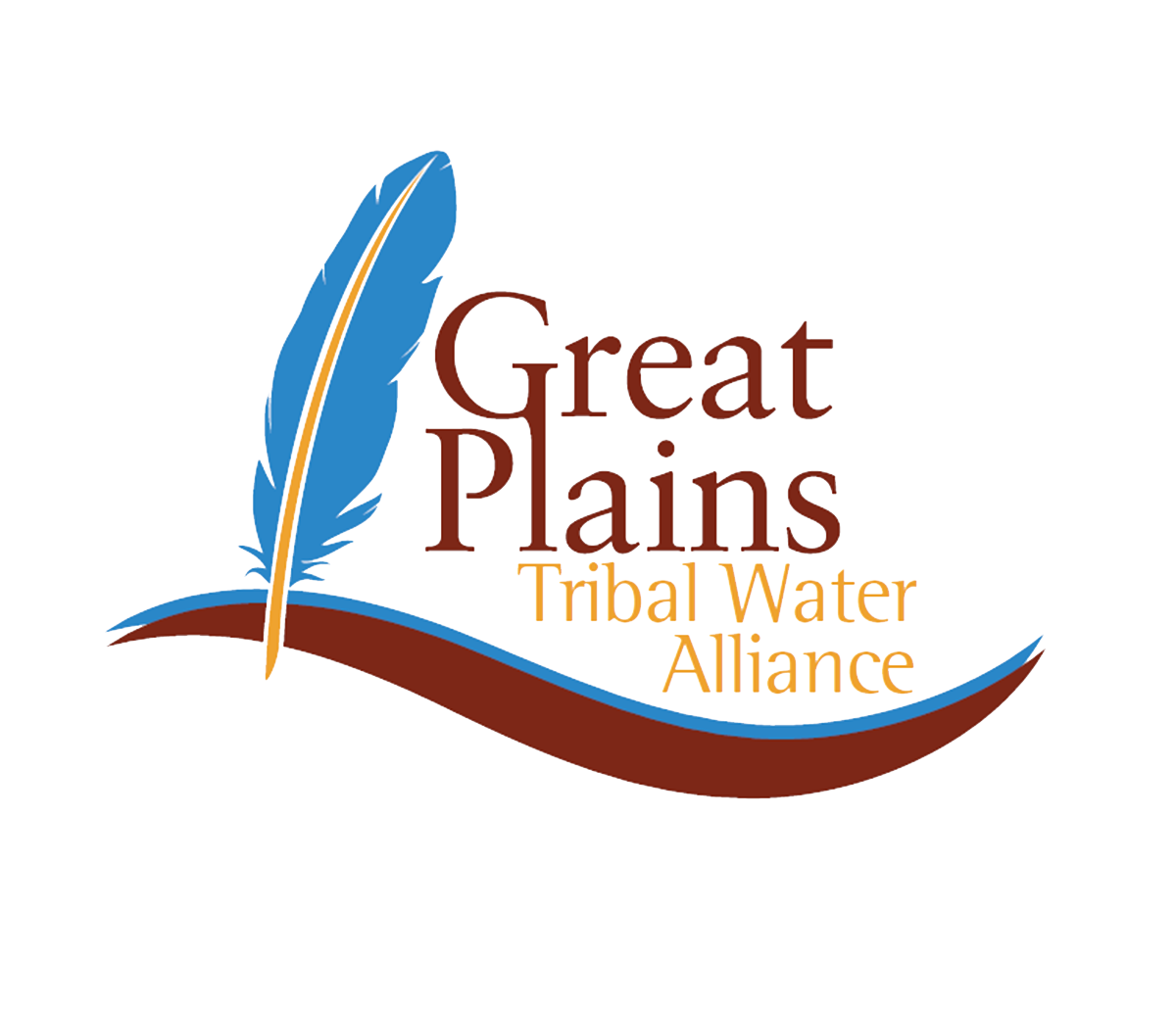Today is Indigenous Peoples’ Day
Brought to you by First Nations Development Institute
This day, which began as a counter-celebration to Columbus Day, raises awareness of the true history of the United States while celebrating the culture and resilience of Native people. It is a day of recognition and respect, and a holiday that more and more states and local governments have been observing every year.
Still, at First Nations, we believe that every day is Indigenous Peoples’ Day. Every day is a time to remind others about the factual history of Native people. Every day is the right time to honor Native culture, strength and fortitude. Every day is an opportunity to tell the world: We are here. We are still here. And there is much cause for celebration.
One: Native truth is slowly being reclaimed
In 2016, First Nations launched ground-breaking research into America’s perceptions – and misperceptions – about Native Americans. Here it was uncovered that the majority of information that people have about Native people is not true and oftentimes based in stereotypes or historical myth. Invisibility, inaccurate school education curricula, and lack of Native representation across all aspects of American life contribute to the misconceptions and misbeliefs that most Americans hold about Native American people.
While those findings were disheartening, there are a few positives. The same survey found that:
56% of Americans agreed that Native American tribes should have full sovereignty on their land, including the ability to make their own laws without interference from the federal government.
69% of Americans believed Native American tribes should have the final say in matters that could affect their water, land, or other natural resources, including resources a tribe might share with a state as in the case of Standing Rock and the Dakota Access Pipeline.
75% of Americans believed there should be an increase in the amount of money the United States spends to reduce poverty, improve health care, and improve education among Native Americans.
Since the time of our study, we’ve seen these beliefs manifest. We now see it more and more in our everyday interactions with funders and community partners. And perhaps the nation is seeing it every Sunday as they tune in to watch the Washington “Football Team.” It is slow progress, but it is important.
Two: Philanthropy is watching
In another study, First Nations found that between 2006 and 2014, there was a 29% decline ($35 million) in grants to Native organizations and causes from large philanthropic foundations. And, from 2006 to 2012, the average annual grant awarded to Native American-controlled organizations and causes was $119,000, almost 25% less than other grants made by large foundations.
First Nations continues to work tirelessly to address this. It is an uphill road, but there is promise. This year, there has been an outpouring of support to our COVID-19 Emergency Response Fund, in which we’ve raised over $4 million to address the vulnerabilities in Indian Country that have been exacerbated during the pandemic. In California, through First Nations’ California Tribal Fund, we’re tackling the fact that only .01% of foundation giving goes to Native communities and causes in California, even though California represents 12% of the total Native American population in the United States.
And we’re seeing recognition and investments from new-found supporters — MacKenzie Scott, Critical Role Foundation, and companies like Quince & Co, to name just a few. An increasing number of individuals and organizations are shedding light on Native people and increasing our visibility.
Three: Native food systems are getting much-deserved recognition
Another reason to celebrate is the release of the feature-film documentary Gather. Gather focuses on three of the many Indigenous food stories unfolding in Indian Country and it highlights the beauty and tenacity of Indigenous communities that remain committed and connected to their ancestral foodways. It is the “story of the relationship between Native lands, traditional foods, and people, a connection that we must remember, reclaim, and rebuild.” Gather is now available on Amazon and iTunes and being distributed free to select First Nations grantees. It’s being showcased at virtual events throughout the country, and it was recently featured on The Daily Show by Jason Momoa, who signed on as an executive producer to help share the Gather story.
These highlights are indicative of the successes happening in Indian Country. This year, as Native communities continue to persevere through the disparate effects of COVID-19 and the pandemic economy, these wins are a reflection and a cause for celebration. We are overcoming centuries of genocide, invisibility, and discrimination. We continue to be resilient and strong. On Indigenous Peoples’ Day and every day, we are, indeed, very much here. And every day is a good day to celebrate Indigenous people!

